A simple solution is to detect high frequency content.
If there's no high frequency content in an area, it may be because it is blurred.
How to detect areas with no high frequency content? You can do it in the frequency domain (for example, with DCT), or you can do it in the spatial domain.
First, I recommend the spatial domain method.
You'll need some kind of high-pass filter. The easiest method is to blur the image (for example, with a gauss filter), then subtract it from the original, then convert to grayscale:
Blurred:

Subtracted:

As you see, all the blurred pixels become dark, and high frequency content is bright. Now, you may want to blur this image, and apply a threshold, to get this:

Note: this process was done by hand, with gimp. Your algorithm can easily follow this, but need some parameters specified (like the blur radius, threshold value).




